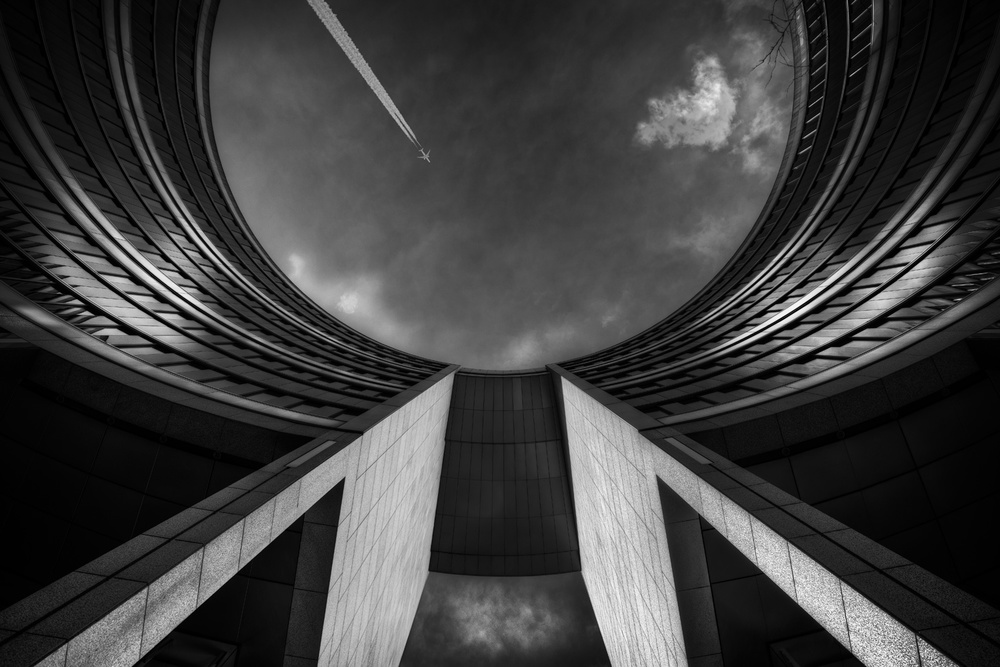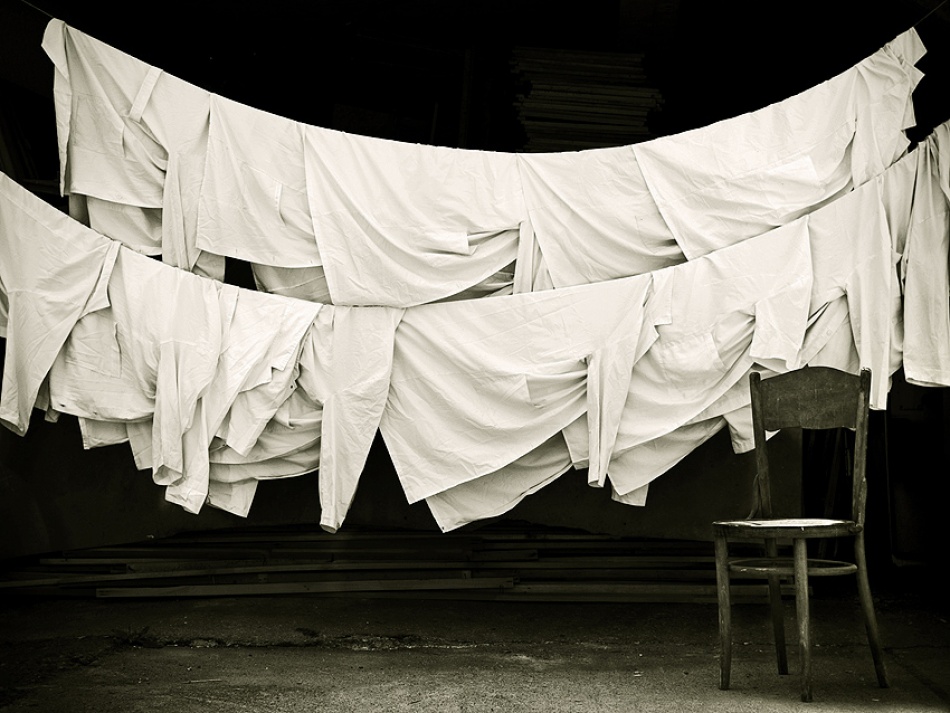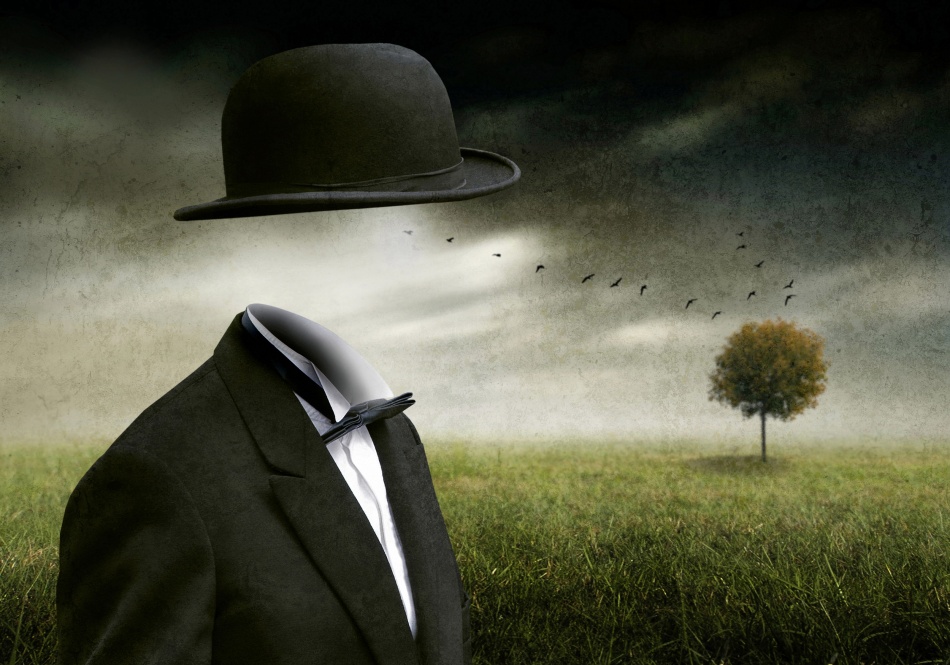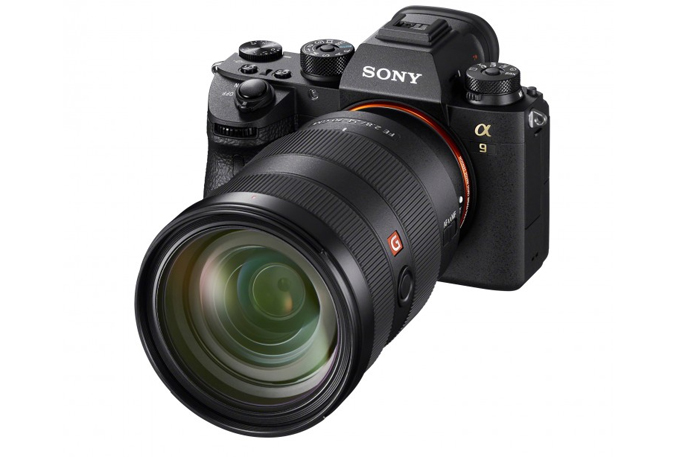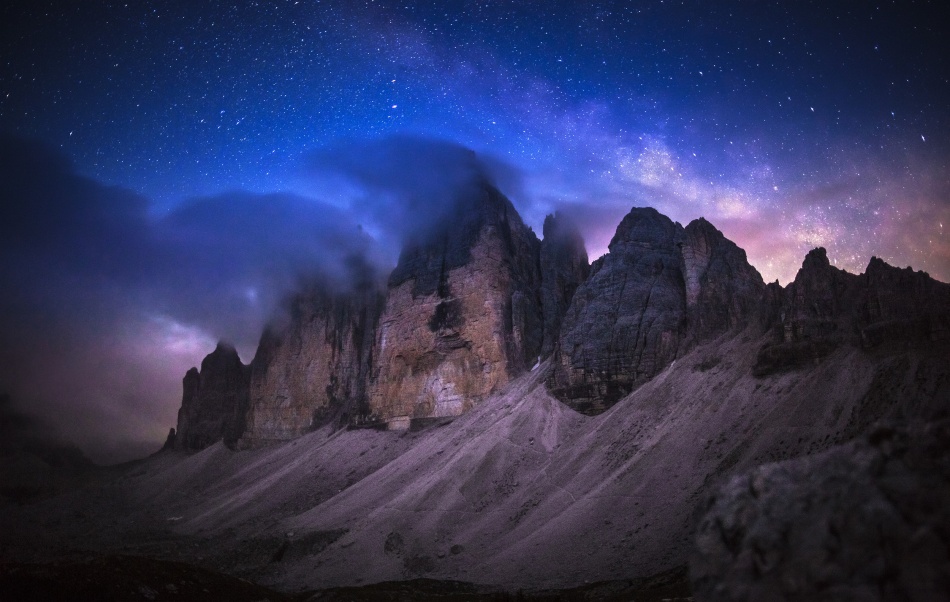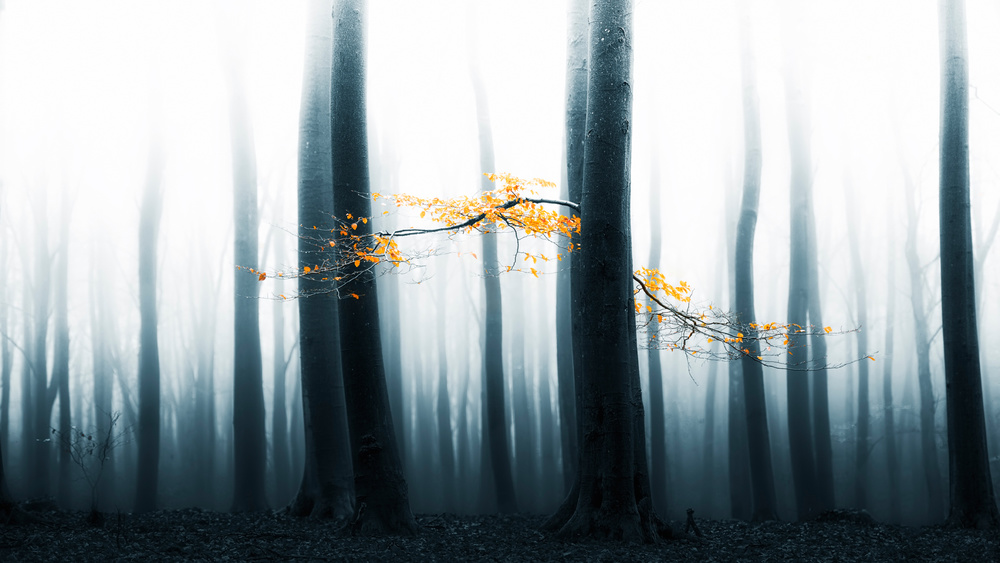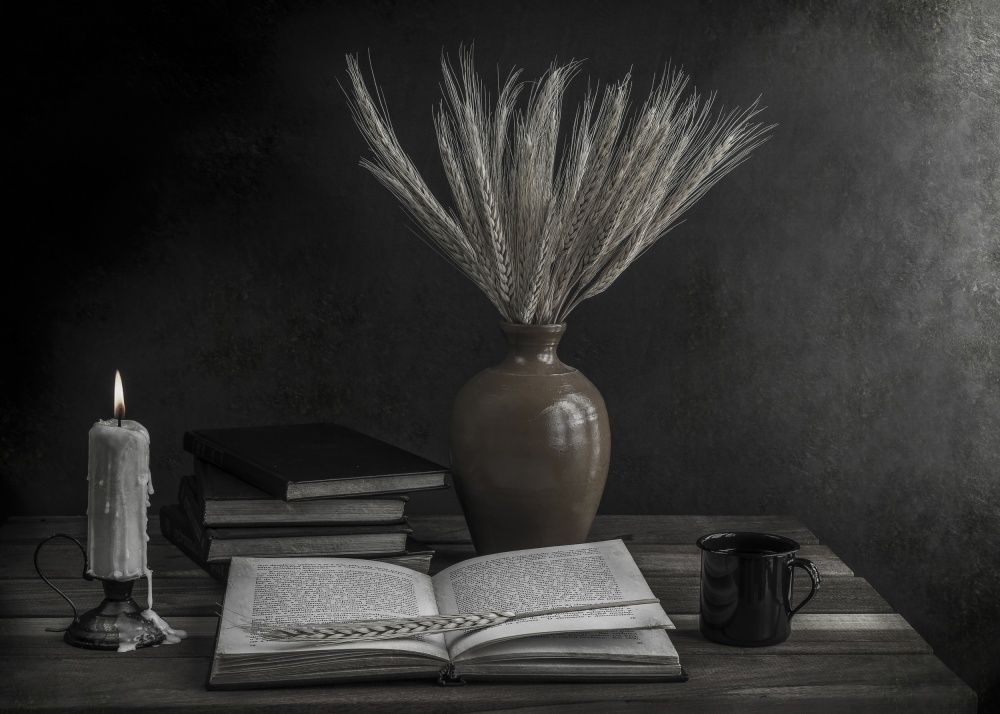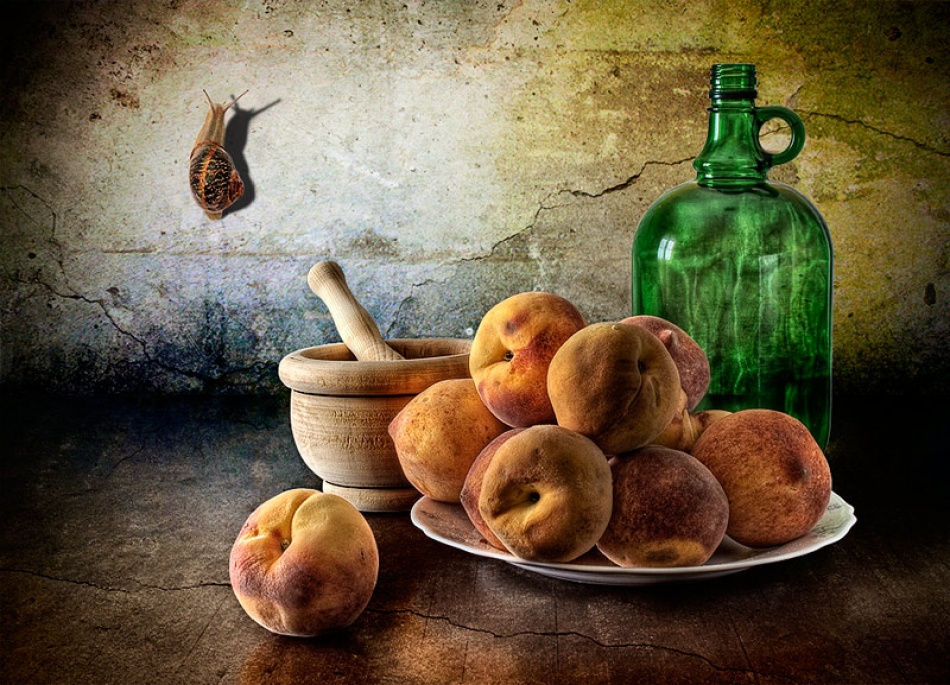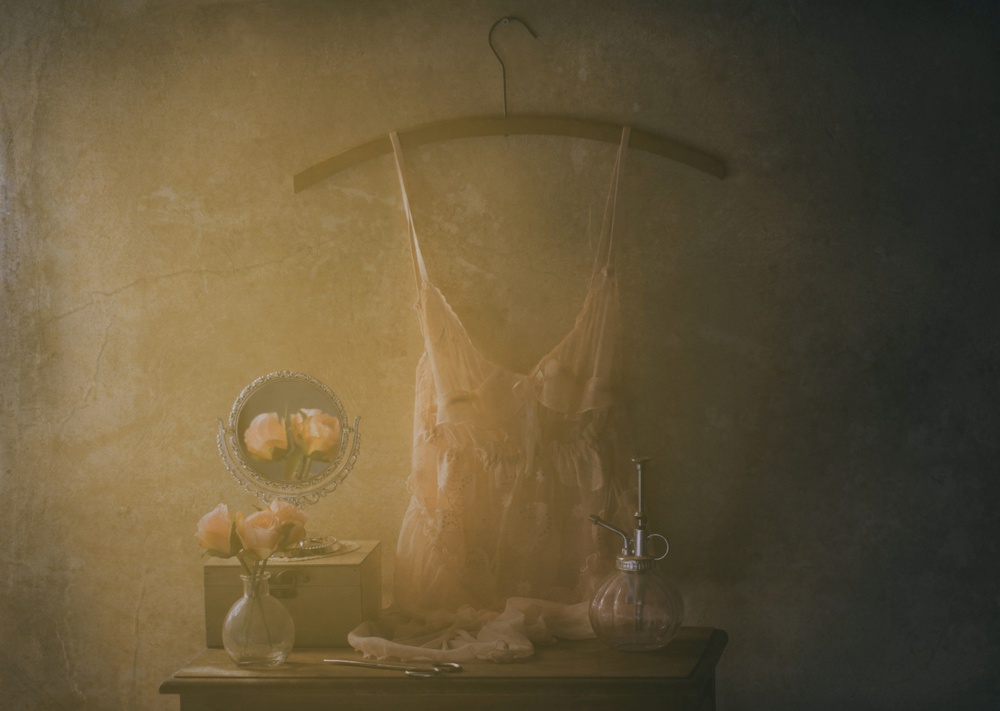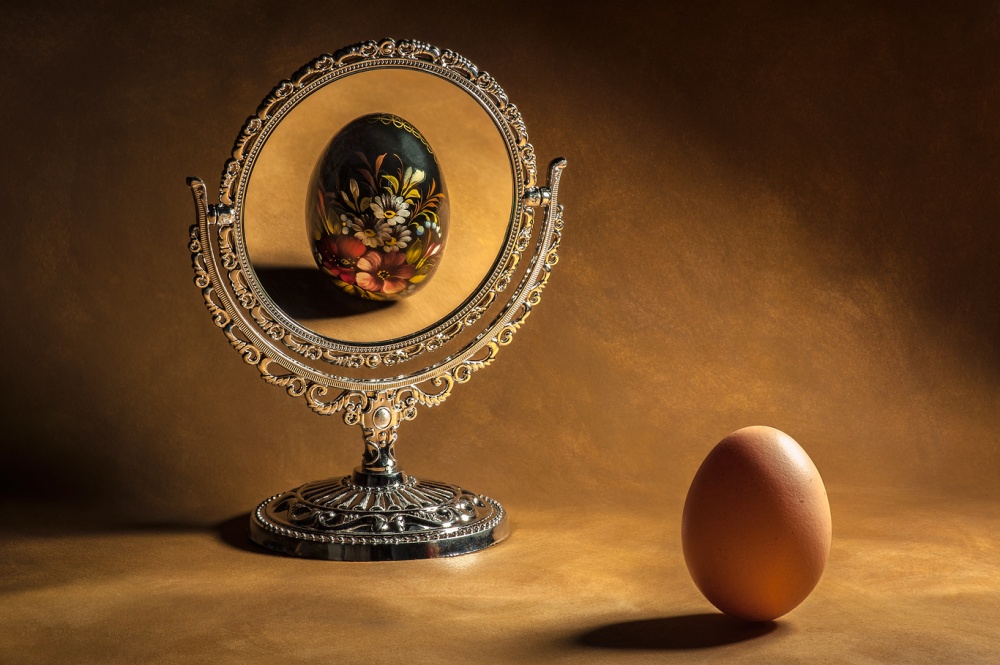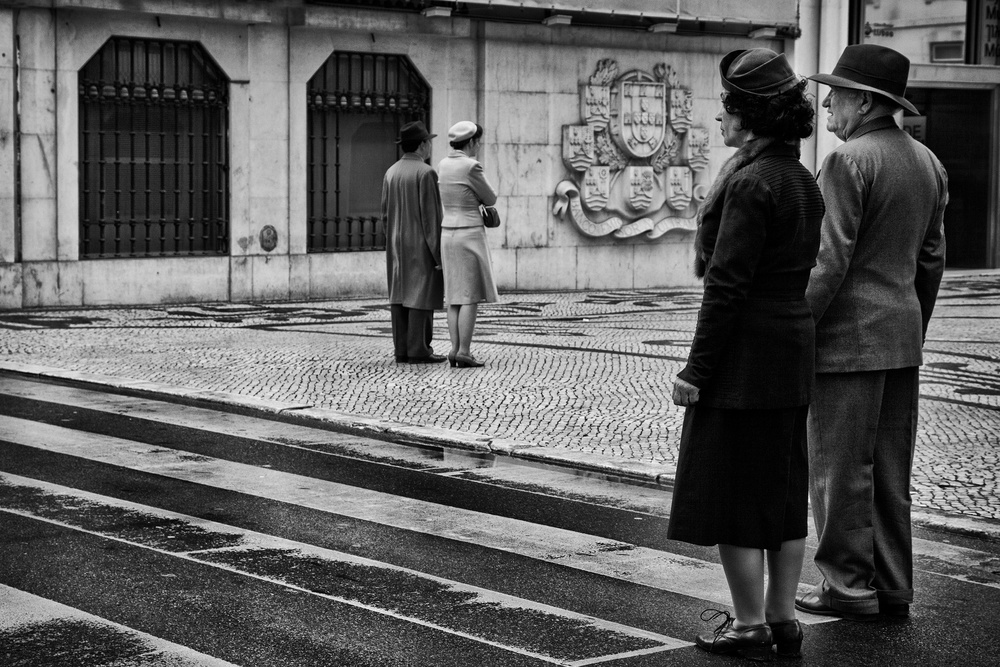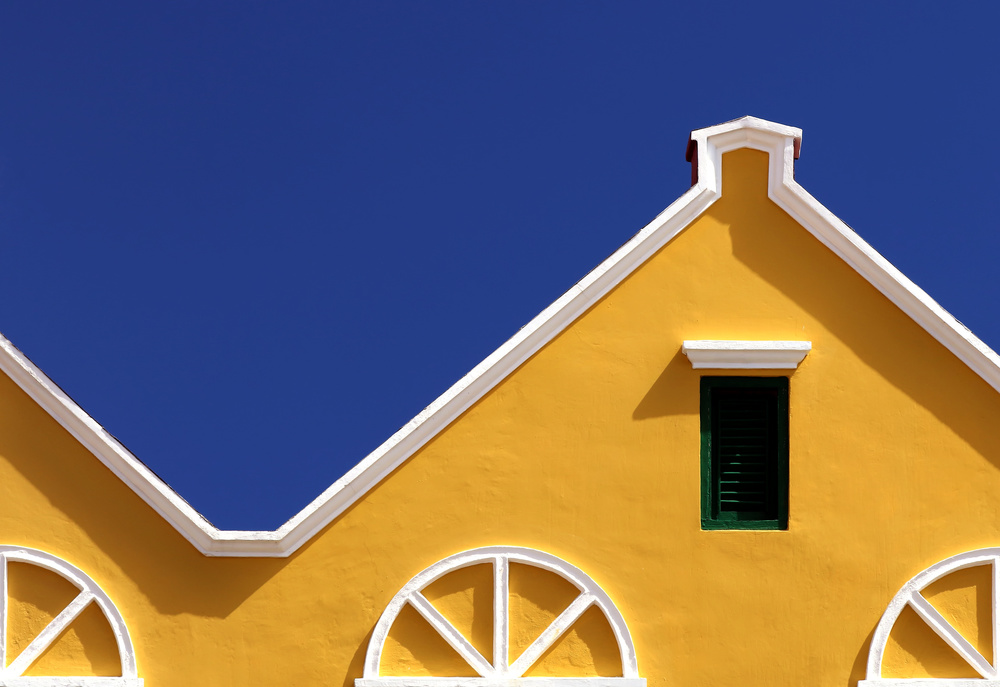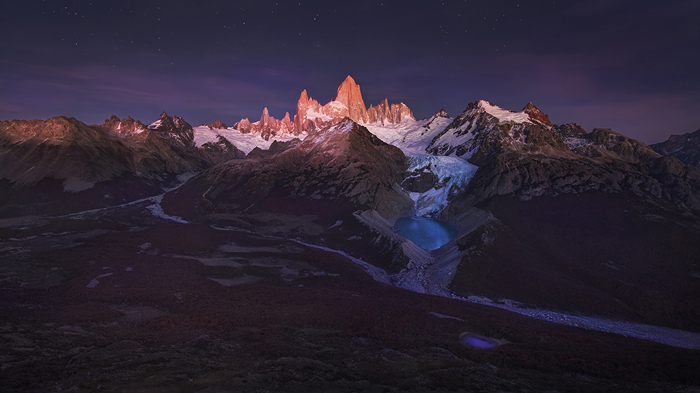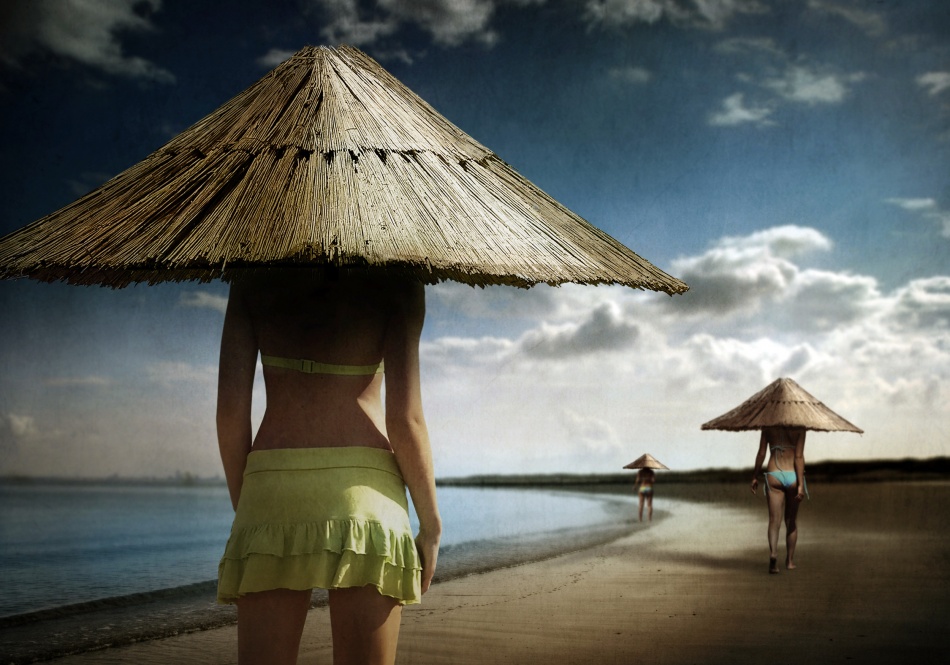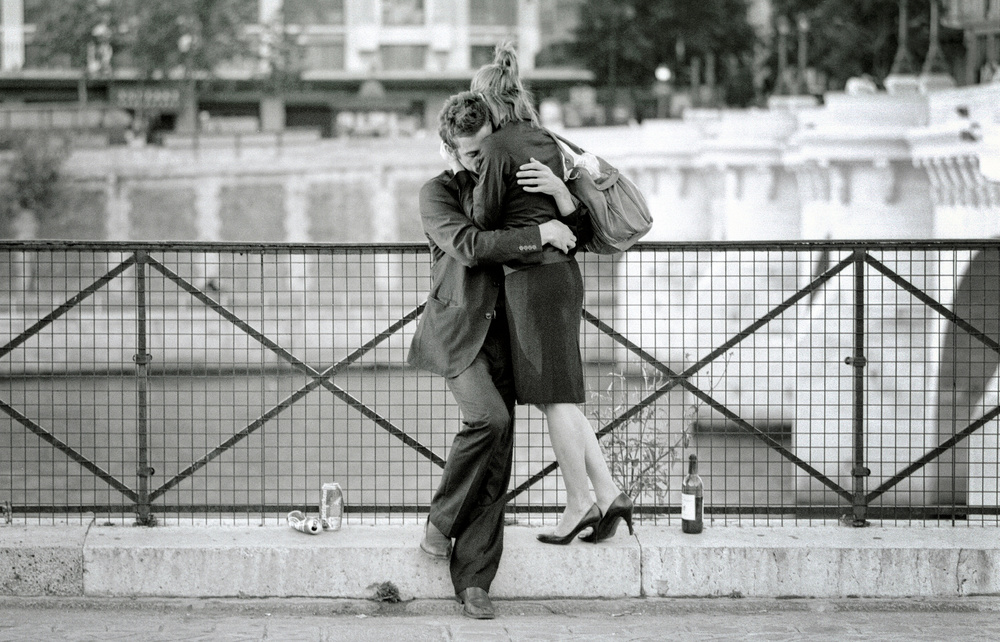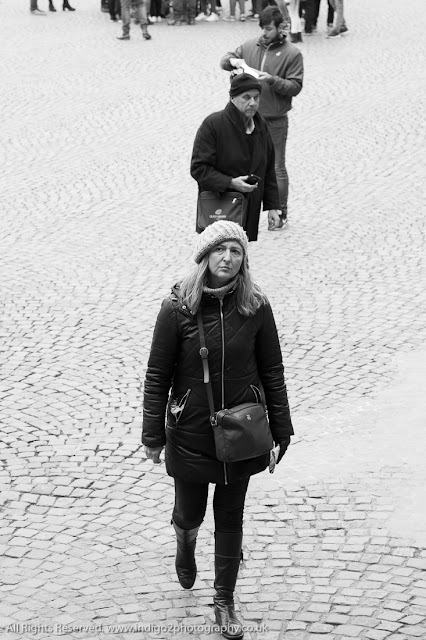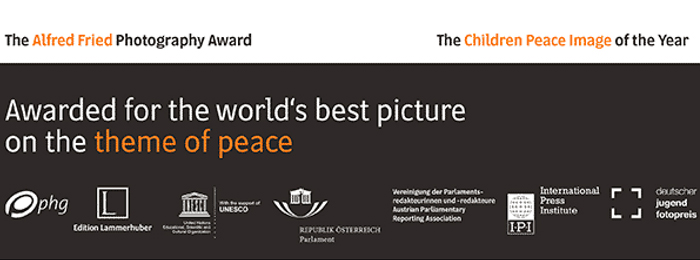Tips & Tricks
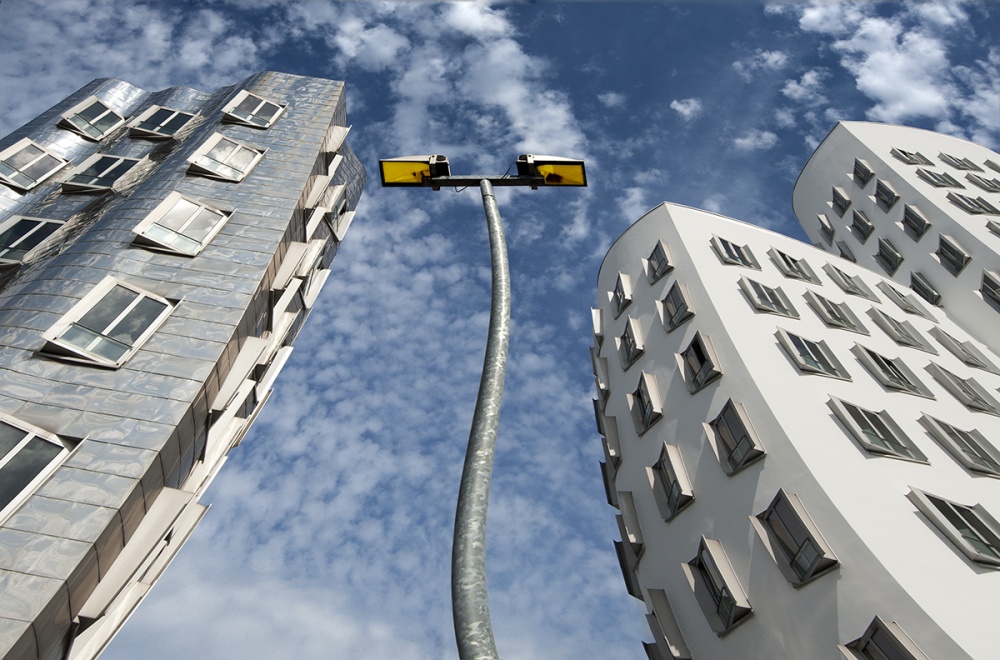
Strange World
1x Blog-Tips & Tricks' .
I visited Düsseldorf with friends in May 2011. We are a group of photographers who like to visit new places for photography and inspiration. We choose destinations for their potential to provide interesting buildings, usually staying within a three-hour distance from Liège. We research potential locations — reviewing existing images, tourist reports, etc. — for interesting subjects, seeking to minimize travel time between multiple locations. We usually spend five to six hours on site.
For a one-day trip like this, I always take my Nikon D700 and three lenses: a fisheye Nikkor 16mm, a Nikkor 16–35mm zoom lens and a Nikkor 28–300mm zoom lens. I do not take a tripod, but I do bring a Canon G11 as a backup camera. I don't plan my visits around a specific time of day or the position of the sun. Instead, I work with the conditions I find when I arrive on site. While I was shooting on this day, there was a break in the cloud cover, offering some blue sky and small white clouds. I ended up with about 100 captures during that time.
Why shoot so many in a single series? It allows me to try out different approaches and compositions, looking for the best angles or the best foreground and background arrangements, as well as trying different lenses. Spending several hours in a single area also lets me take advantage of changes in the light and perhaps capture something interesting happening on the streets.
This exposure was captured in RAW format. I used Multi-zone metering mode, underexposed by –⅔ stop as I usually do, and I also reviewed the histogram on the camera's LCD to confirm the exposure. I selected this image out of the series and placed it in my reserve folder, waiting for further inspiration before editing.
My original wasn't bad, but it didn't feel like the "personal work" I always try to make. Many times, the best artistic choices for an image may not necessarily happen during the actual shooting, partly because we are influenced by our specific emotions at that time. It's the same concept when we first visit an exotic country — we find everything to be extraordinary. In reality, when we are out of our usual surroundings, we can become emotionally biased. Emotion is very important to me, and often it is what encourages me to start shooting.
. '
by Fernand Hick
Sometimes the undulating architecture of Frank Gehry needs an extra push — even if you don't realize it for nearly two years.
This famous building in Düsseldorf, Germany, designed by Frank Gehry, is a popular subject for photographers; many images of it already exist. So in creating my own image of it, I needed to find a personal approach.
I visited Düsseldorf with friends in May 2011. We are a group of photographers who like to visit new places for photography and inspiration. We choose destinations for their potential to provide interesting buildings, usually staying within a three-hour distance from Liège. We research potential locations — reviewing existing images, tourist reports, etc. — for interesting subjects, seeking to minimize travel time between multiple locations. We usually spend five to six hours on site.
"I don't plan my visits around a specific time of day or the position of the sun. Instead, I work with the conditions I find when I arrive on site."
For a one-day trip like this, I always take my Nikon D700 and three lenses: a fisheye Nikkor 16mm, a Nikkor 16–35mm zoom lens and a Nikkor 28–300mm zoom lens. I do not take a tripod, but I do bring a Canon G11 as a backup camera. I don't plan my visits around a specific time of day or the position of the sun. Instead, I work with the conditions I find when I arrive on site. While I was shooting on this day, there was a break in the cloud cover, offering some blue sky and small white clouds. I ended up with about 100 captures during that time.
Why shoot so many in a single series? It allows me to try out different approaches and compositions, looking for the best angles or the best foreground and background arrangements, as well as trying different lenses. Spending several hours in a single area also lets me take advantage of changes in the light and perhaps capture something interesting happening on the streets.
This exposure was captured in RAW format. I used Multi-zone metering mode, underexposed by –⅔ stop as I usually do, and I also reviewed the histogram on the camera's LCD to confirm the exposure. I selected this image out of the series and placed it in my reserve folder, waiting for further inspiration before editing.
"Many times, the best artistic choices for an image may not necessarily happen during the actual shooting, partly because we are influenced by our specific emotions at that time."
My original wasn't bad, but it didn't feel like the "personal work" I always try to make. Many times, the best artistic choices for an image may not necessarily happen during the actual shooting, partly because we are influenced by our specific emotions at that time. It's the same concept when we first visit an exotic country — we find everything to be extraordinary. In reality, when we are out of our usual surroundings, we can become emotionally biased. Emotion is very important to me, and often it is what encourages me to start shooting.
POST PROCESSING
22 months after originally photographing the building, I had the idea to try the Transform Warp tool on this image in Adobe Photoshop CS6.
1) After saving the original shape of the streetlight, I began to experiment with warped transformations on the buildings using the Transform Warp tool (Edit > Transform > Warp).
2) Separately, I used the Transform Warp tool again to give the original streetlight a completely different twist effect than the one I'd applied to the buildings.
3) Combining these two gave the impression of a totally crazy world where the structures seemed to dance as if in a ballet.
4) I also gave the sky a bit more density.
5) I saved the result in my "freezer folder." I set aside my edited images for about a week and then review them later to ensure that I am satisfied with the final results of my experimentation. I try to ask myself how people may react when they look at my creation. I was very happy to see that the image was appreciated.
1) After saving the original shape of the streetlight, I began to experiment with warped transformations on the buildings using the Transform Warp tool (Edit > Transform > Warp).
2) Separately, I used the Transform Warp tool again to give the original streetlight a completely different twist effect than the one I'd applied to the buildings.
3) Combining these two gave the impression of a totally crazy world where the structures seemed to dance as if in a ballet.
4) I also gave the sky a bit more density.
5) I saved the result in my "freezer folder." I set aside my edited images for about a week and then review them later to ensure that I am satisfied with the final results of my experimentation. I try to ask myself how people may react when they look at my creation. I was very happy to see that the image was appreciated.
TIPS
1) Take a photo when you feel that the subject has good potential, even if at that moment you don't entirely know how you might proceed with the image. Accept that you may need to wait weeks, months or even years until a particular inspiration develops for that image. And be prepared to go back to your older images that you feel have that potential. Sometimes, a delay before editing can provide the time and inspiration to create an outstanding image; the passing of time often changes your perspective, and may result in a better, more thoughtful or more provocative image.
2) Try to stay true to yourself and your sensibilities, spending time alone with your work, without external influences.
3) Practice makes perfect: never stop trying until you reach your goal. Remember that it takes more than raw talent to be successful. Those who work the hardest to develop their craft are the ones who achieve the greatest success.
2) Try to stay true to yourself and your sensibilities, spending time alone with your work, without external influences.
3) Practice makes perfect: never stop trying until you reach your goal. Remember that it takes more than raw talent to be successful. Those who work the hardest to develop their craft are the ones who achieve the greatest success.
BIOGRAPHY
I live in Visé, Belgium. I work like a painter, only with other tools. A painter infuses into his work his personal interpretation of the reality he experiences. My objective is the same: to convey to the viewer what I experienced on an emotional level while I was taking the picture. My wish is that those who view my work see more than just a simple photograph — I hope that they also discover some characteristics of my personality.

